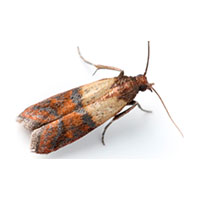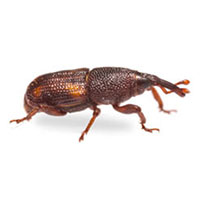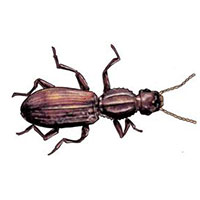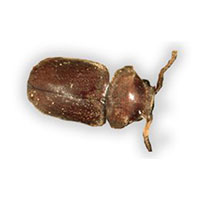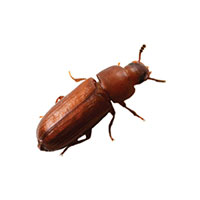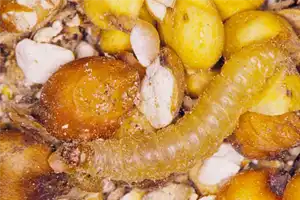
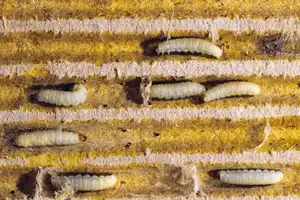
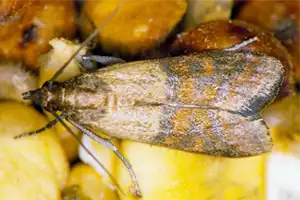
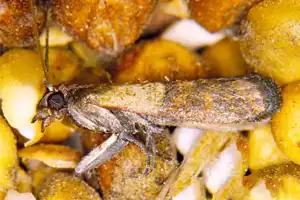
Indian Meal Moth Diet
Attracted to stored food, ground grains, cereal products, dried herbs, dried fruits, nuts, pet foods, dried flowers, seeds.
Indian Meal Moth Habitat
This insect is found in a wide range of climates in stored products and food storage facilities around the world.
Indian Meal Moth Life Cycle
Eggs
Female moths deposit eggs directly onto grains or similar foods. They lay 100 to 300 eggs at a time, and larvae begin to hatch as early as two days to two weeks after.
Larvae
The larvae then feed on the fine materials within the grain. After anywhere from six to eight weeks, pupation begins. Adults emerge between 15 and 20 days later.
Adults
Adults live between 5 to 25 days.
Life Span
The entire life cycle completes within 40 to 55 days, and seven to nine generations occur in a single year.
Signs of an Indian Meal Moth Infestation
Mold
Look for accumulated mold in potentially infested food sources, as the presence of Indian meal moths can result in an increased potential for water absorption.
Silky Webs
The most telling sign of an Indian meal moth infestation is the existence of silken webs in grains and other stored products.
Feces
May notice accumulations of fecal matter, cast skins, and eggshells in the silken webbing.
Food Weight Change
To grow and develop, Indian meal moth larvae feed on seed germ, which often results in a noticeable reduction in the dry weight of the food product.
Flight
Adult moths flying around indicates an infestation.
Indian Meal Moth Damage
Though the pests do not spread disease or affect the structural integrity of homes, Indian meal moths cause significant damages to stored foods. Both in homes and grocery stores, the insects render a costly amount of product unfit for consumption by humans and pets alike. Indian meal moths frequently travel into homes in infested bags of dried pet food and birdseed. The larval stage is responsible for damage to stored products when they spin massive amounts of silk that accumulate fecal pellets, cast skins, and eggshells in food products. The adult moth causes no damage.
Indian Meal Moth Prevention & Control
Indian Meal Moth Prevention
Proper sanitation is key to preventing infestations of Indian meal moths.
- Spills: Clean up spills and crumbs, and maintain the cleanliness of homes and buildings.
- Food containers: Target containers in which grains and similar items are stored by wiping them clean between uses.
- Inspect food: Examine food products thoroughly before bringing them into the home can help prevent accidental incursions.
- Seal: Store dried food in airtight containers.
Indian Meal Moth Control
Extreme cold or heat kills any moth species, so freezing or heating food items to do away with stored product moths remains an option. Another effective method is to dispose of any infested products.
If an Indian meal moth infestation occurs, count on a professional pest management service to take care of the problem knowledgeably and successfully.
Need help with Indian Meal Moths?
We'll call you! Leave your information below.

